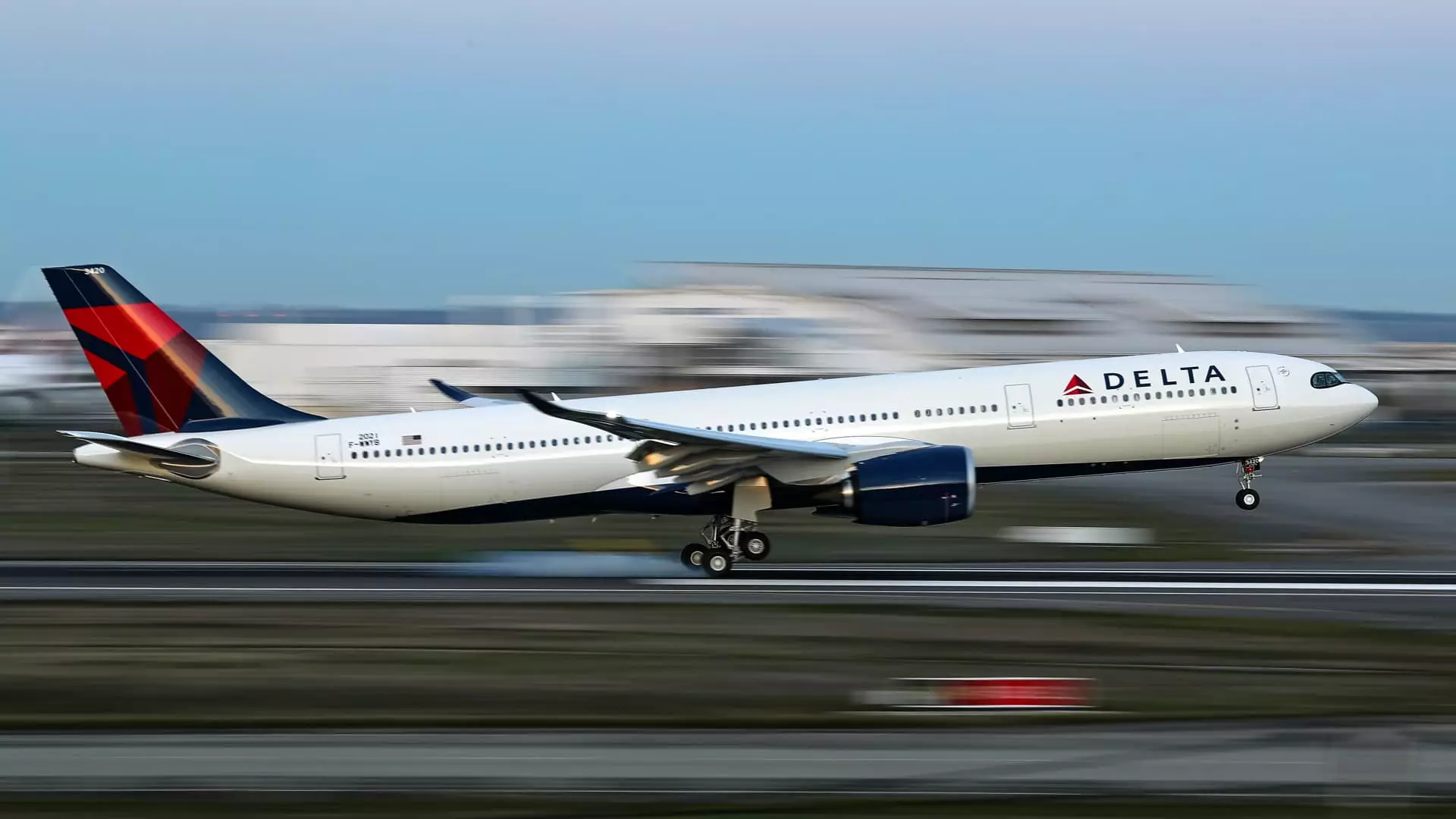In an industry traditionally driven by fierce price competition and relentless cost-cutting, airlines are increasingly turning to the allure of luxury as a way to justify higher fares and maintain profitability. Delta Air Lines’ recent interest in redefining its premium cabins underscores a deeper trend: the strategic inflation of perceived comfort and exclusivity to appeal to the well-heeled traveler. While this might seem like a genuine effort to enhance customer experience, it also raises questions about authenticity, value, and the broader motives behind such initiatives.
What airlines are really doing is fine-tuning their offerings to carve out a niche for premium customers—those willing to pay a premium not just for a service, but for an illusion of superiority. This isn’t only about providing better seats; it’s about marketing a lifestyle, rather than delivering a significantly improved product. Airlines are increasingly viewing these premium cabins as golden geese, worth preserving and even upgrading because of their substantial profit margins, rather than because they genuinely prioritize customer comfort.
The Shifting Profit Paradigm and Its Consequences
Delta’s recent revenue growth in its premium sections isn’t accidental. It coincides with a larger industry trend: premium cabins have become a crucial revenue driver. While economy sales continue to dwindle due to changing travel habits and economic pressures, airlines leverage the perceived exclusivity of their luxury offerings to foster loyalty and justify their premium pricing. The recognition that premium cabins outperform economy in profitability isn’t just a fluke; it’s a calculated pivot to prioritize segments that offer the highest margins.
Yet, this shift reveals a troubling dynamic—one where airlines are less interested in improving overall travel comfort and more concerned with segmenting their customers into layers of perceived value. The question remains whether these new offers genuinely benefit consumers or merely serve as marketing tactics designed to sustain airline profits at the expense of transparent pricing. As Delta analyzes new ticket structures, including stripped-down or more flexible options, it becomes evident that innovation is often a euphemism for manipulation, promising different experiences but delivering the same core product with slight variations.
Questionable Innovation or Marketing Spin?
Delta’s exploration of varied premium options hints at a desire to differentiate itself in an increasingly crowded market. However, the core issue is whether these innovations—such as seats with space for visitors or exclusive social areas—truly enhance the travel experience or simply act as elaborate illusions of luxury. Critics argue that these features are more about creating an image than providing tangible improvements. In reality, the technological capability exists to radically overhaul premium cabins, but airlines prefer incremental changes that allow them to charge more while maintaining a facade of innovation.
Furthermore, the strategic choice to avoid radical upgrades could indicate a cautious approach aimed at testing consumer appetite rather than genuinely elevating the product. Airlines are acutely aware that their high-end offerings symbolize status and exclusivity; therefore, they are reticent to risk diluting this perception with too many accessible or downgraded options. Instead, they put forward the illusion of continual upgrading—new seats, better amenities—without fundamentally changing the experience, thereby preserving the mystique of exclusivity and maintaining their lucrative profit streams.
The Power of Perception in Modern Aviation
In the end, the push toward premium segmentation is about shaping consumer perception—crafting a narrative that higher prices equate to superior experiences. Yet, the real question is whether travelers are genuinely receiving more value or merely paying for the appearance of luxury. Airlines’ investment in “state-of-the-art” seats and exclusive social spaces is a strategic ploy to keep customers hooked on the idea that they are deserving of superior treatment, often blurring the line between genuine service enhancements and marketing gimmicks.
What makes this dynamic problematic from a consumer rights perspective is the insidious nature of perceived value. Consumers are led to believe they are making a choice for quality when, in reality, they are being sold a carefully curated illusion. In an era where transparency and authenticity are increasingly valued, airlines’ reliance on image management over substantive improvements could erode trust and lead to disillusionment down the line.
Ultimately, the airline industry’s flirtation with luxury innovation serves as a mirror to broader societal tendencies—where the commodification of exclusivity often prioritizes profit over real progress. While premium cabins may continue to evolve, the fundamental question remains: Are travelers truly gaining better service, or are they simply falling for a well-orchestrated illusion designed to sustain the illusion of extravagance?

